
MENUMENU
TALK TO AN EXPERT
Special Hours: 7AM – 6PM PST
TALK TO AN EXPERT
Special Hours: 7AM – 6PM PST
We use energy constantly – when we’re awake, when we’re asleep, no matter what we’re doing. We tend to take for granted how easy it is for us to obtain the energy required to power devices, appliances, tools, machines, vehicles, and all the things we use throughout the day and night. But how is energy stored so that it’s available when we need it?
Let’s delve into this topic to understand the basics of this magical concept better.
If we revisit our memory of high school physics, we may recall that energy is the ability to do work. Energy is the ability of any force to do work. There are many forms of energy, but they can all be categorized into one of two major groups: kinetic energy or potential energy.

To understand the difference between the two, science teachers often use the example of a rock. A rock that is rolling down a hill has kinetic energy that it could impart to something if it crashed into it. Kinetic energy is the energy of motion.
A rock positioned at the edge of a steep hill has the potential to roll, so we consider that potential energy conserved in the rock.
Electric energy or electricity falls into the category of kinetic energy. Why? Because all electrical energy is in motion. Electrical energy, however, can be converted into other forms of energy we can store. Let’s find out how this works!

No. While you cannot store electricity itself, it can be converted to other forms of energy that are capable of being stored. Then later you can convert that energy back to electricity for use by the consumer.
We can store electrical energy in several ways, including a flywheel (mechanical energy), elevated water or weight (gravitational energy), compressed air (potential energy), capacitors (electrical charge), or, the most common, batteries (chemical energy).
A battery is a storage device that stores chemical energy for later conversion to electrical energy. Every battery contains one or more electrochemical cells. Within those cells, chemical reactions take place, creating a flow of electrons in a circuit. This flow of electrons provides the electric current required to do the work!
We can think of a battery as an electron pump:
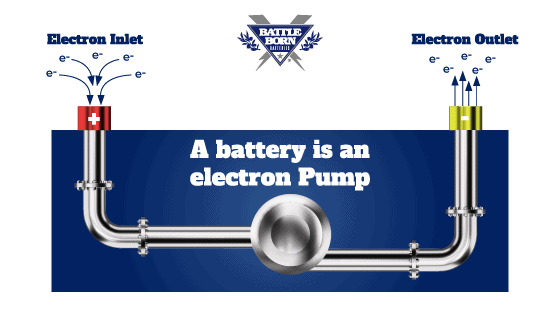
Every battery has a positive side (called a cathode), a negative side (called an anode), and a type of electrolyte that chemically reacts with them. This process is common to all batteries, but let’s look at a couple of different types of batteries to see how they store energy differently.
The most common types of rechargeable batteries available for our use today are lithium-ion and lead-acid batteries.
Lead-acid batteries have been around for over 170 years. They are the oldest rechargeable batteries in existence. Scientists developed lead-acid batteries in the mid-1800s. These batteries use old technology to store energy for conversion to electricity.
Each 12-volt lead-acid battery contains six (6)cells, and each cell contains a mixture of sulfuric acid and water. Each cell has a positive terminal and a negative terminal. When the battery is generating power, it is discharging as it does so.
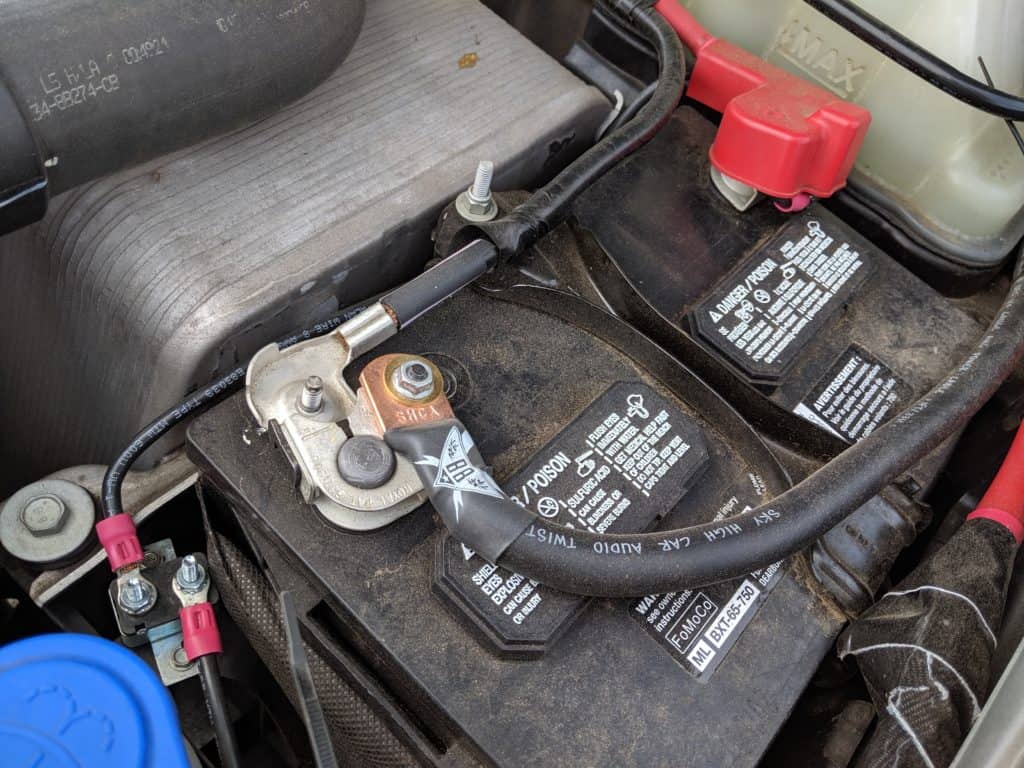
The chemical reaction causes the sulfuric acid to break down into the water stored inside each cell for the purpose of diluting the acid. So the use of power depletes the acid.
Pb(s) + HSO−4(aq) → PbSO4(s) + H+(aq) + 2e−
This is the chemical equation for the negative plate that releases electrons. The HSO-4 is the acid that gets consumed when releasing electrons and hydrogen ions.
When we charge up the battery, the process reverses, and the battery’s recharging builds the acid molecules back up. That process is the storing of energy. Later, we convert the energy stored in the acid to electricity for use.
While there are many different types of lead-acid batteries, they all use the same chemical energy storage process.
You may recall an earlier mention of the cathode (positive side) and the anode (negative side) of a battery. As it turns out, cathodes and anodes are capable of storing lithium ions. Energy is stored (and released) when lithium ions move from the cathode to the anode through the electrolyte.
Unlike all lead-acid batteries that use the same chemical reaction, lithium-ion batteries come in many different chemistries. A few of the most common types of lithium batteries are:
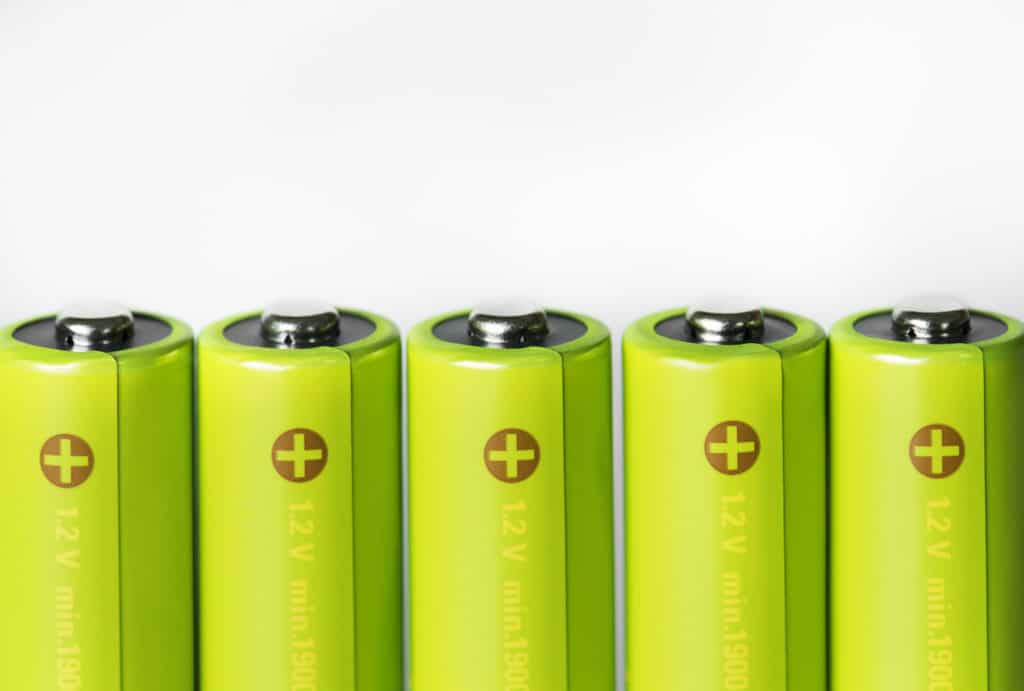
Lithium batteries are energy-dense, meaning that they have a lot of energy stored in a small package. Lighter and smaller than lead-acid batteries, they charge faster and more efficiently, hold their charge efficiently (without resting discharge), and have a long and very stable lifespan.
All of that means that there’s a significant difference in energy stored between the two types of batteries.
Lithium iron phosphate batteries have a reputation for having a very long lifespan and far greater heat tolerance, making them a safer, longer-lasting battery overall.
Batteries are critical for any mobile applications that require a means to store electricity. While it is possible to convert other forms of energy to electricity, it is not always ideal. Imagine running an engine to power your smartphone!
Power backup systems critically rely on energy stored in batteries to instantly provide power in the case of a grid or generator failure. Industry uses backup power systems, the electrical grid itself, the internet and telecom, and even some homes.
As batteries are the quietest and most reliable way to store electrical energy, they are also critical to anyone using a solar power system. Since the sun only shines during the day, storing energy for later in a reliable, quiet battery is essential.
Energy storage is critical on a mass scale as well. Solar and wind energy only work when it’s sunny and windy. This energy needs storing to maximize them. Some theorize that energy storage is critical to a climate breakthrough across the globe.
While we all use many batteries each day, many people’s first experience using batteries to power everything is RVing or boating. In these situations, having energy stored in reliable, safe batteries is vital to comfort on the move.
The ability to store energy in batteries for chemical conversion to electricity is a gift that keeps on giving. Batteries power our lives in so many ways. That power becomes our freedom, and our freedom is power itself.
We know that building or upgrading an electrical system can be overwhelming, so we’re here to help. Our Reno, Nevada-based sales and customer service team is standing by at (855) 292-2831 to take your questions!
Also, join us on Facebook, Instagram, and YouTube to learn more about how lithium battery systems can power your lifestyle, see how others have built their systems, and gain the confidence to get out there and stay out there.
Shop Best Sellers

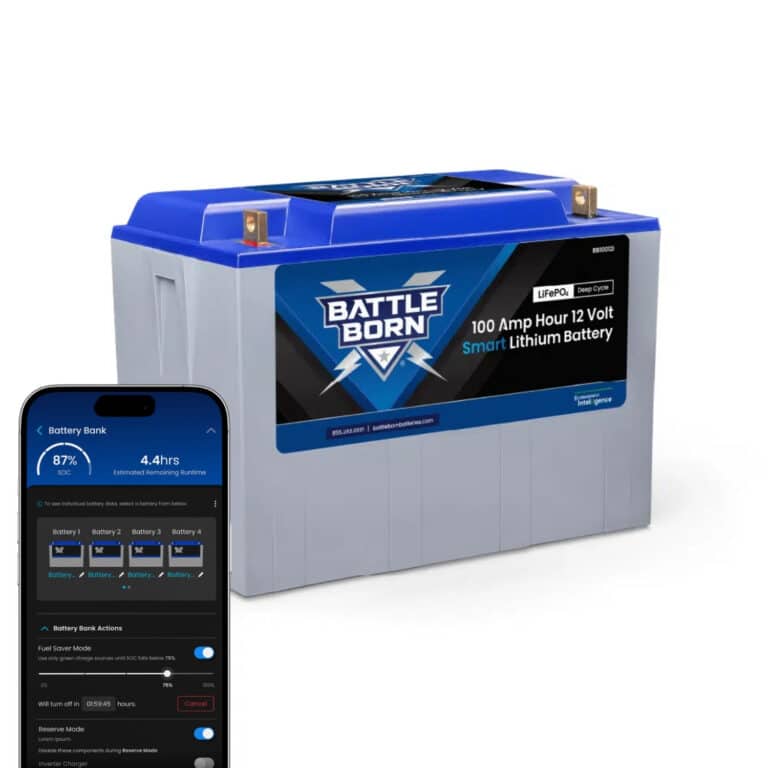

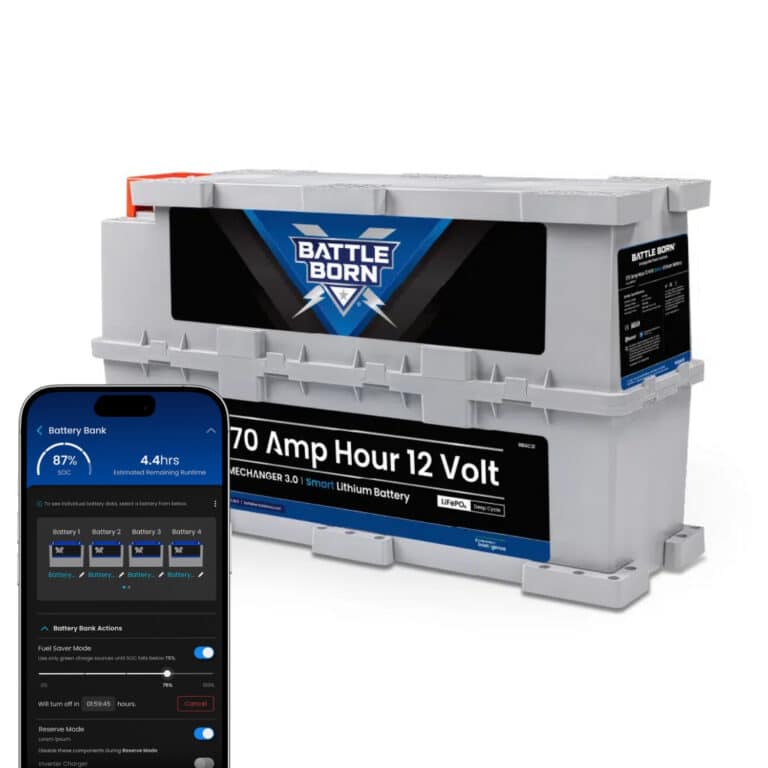




Ask a technical specialist now at 855.292.2831
Stay in the Know